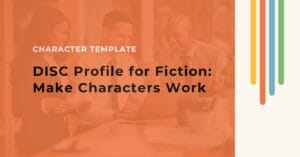
Organize your creativity with the #1 book outlining and story bible software for professional and aspiring writers.
Product
Helpful Links
© Fictional Devices, 2024. All Rights Reserved.
Much like us, characters have needs that range from the most universal and essential for survival to the personal. Maslow’s hierarchy of needs is a theory for understanding how people’s needs affect their actions and identities.
You can use this psychological concept for character development, too. Planning characters’ motivations will help you diversify your story’s cast and what drives each character. Keep reading to learn more about Maslow’s hierarchy, and how Plottr’s character template will help you give characters depth.
Maslow’s hierarchy of needs is named for one of the most influential psychologists of the 20th century: Abraham Maslow. Over the course of his career, he made many contributions to humanist psychology, including his development of a hierarchy of needs.
Maslow’s main area of focus was how people develop their identity. He saw self-development as depending on people having their most basic needs met first.
For example, the lower level physical needs, such as hunger, must be met before someone is able to attain higher levels of growth (such as the ability to indulge in artistic/aesthetic and other less life-or-death pursuits).
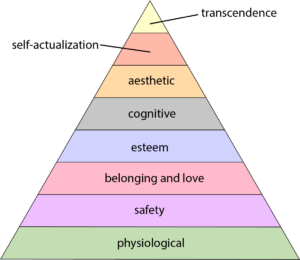
One example of how Maslow’s hierarchy works: authors need food and shelter first in order to be able to write great masterpieces.
You can use Maslow’s hierarchy to understand what your characters need at each stage of their journeys, and how realizing those needs will help them attain higher levels of growth and self-actualization.
Maslow’s hierarchy of needs provides a framework to understand characters’ deepest drives and desires. It will help you brainstorm plot points and themes that relate to what your characters can’t live without.
You might love using Maslow’s hierarchy for character creation if:
Maslow’s theory is especially helpful when crafting believable villains, heroes and survivors, since it helps you imagine a “why” behind their actions and reactions.
In genres where a protagonist and villain duke it out, using Maslow’s hierarchy will help you create fascinating contrasts between needs that drive heroic and selfish choices.
Maslow’s hierarchy of needs theory suggests that needs consist of five levels. In general, a person isn’t able to progress to satisfying the next level of need unless a lower level’s needs are met.
For example, if your character suffers food insecurity, and doesn’t know where their next meal is coming from, they might not have the energy or courage to pursue other desires such as romantic love at the moment. There are other priorities more crucial to survival.
Let’s go through the five levels of Maslow’s hierarchy, one at a time.
Sometimes, in life and in fiction, a person’s drive to meet their current needs will dominate their choices and behavior. Other times, those motivations may even elude the person’s own awareness.
Plan which needs are conscious vs unconscious for a cast full of a rich sense of psychological realism.
To show how you can use Maslow’s hierarchy of needs for your character development in Plottr, we’ll use James J. Braddock. He is the main character in the 2005 movie Cinderella Man about a washed-up boxer who returns to fight in a heavyweight championship.
If you go back and watch the film, you can see how James is affected by the most acute need at each moment in his story. You’ll notice how the obviousness of each need changes, too, as James moves through his character arc. How can you apply this example to your own writing?
Ready to give this template a try? Let’s walk through a step-by-step guide on just how to do that. First, you’ll need to purchase Plottr or sign up for a free trial.
Once you have Plottr set up on your computer, here’s how to add the Maslow’s Hierarchy of Needs Character Template to your project.

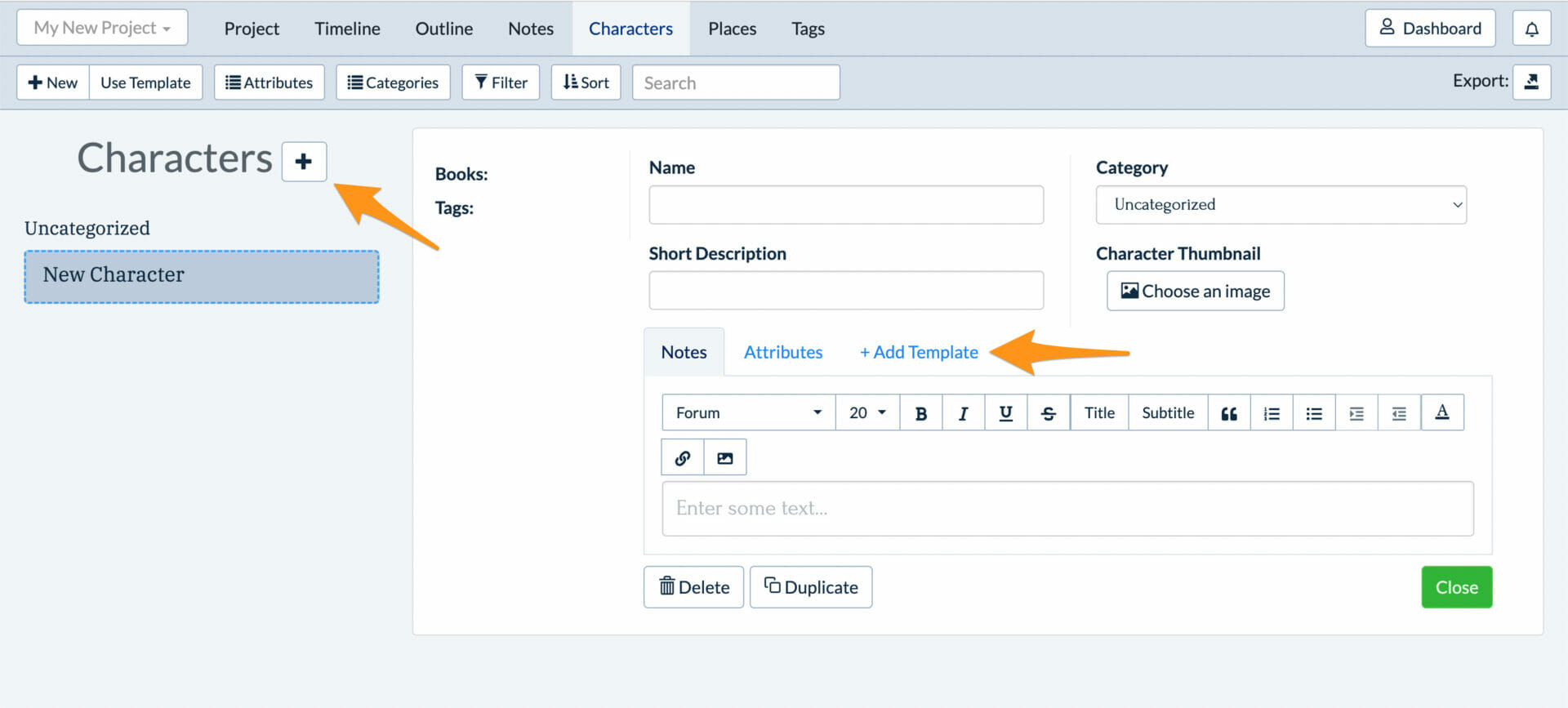
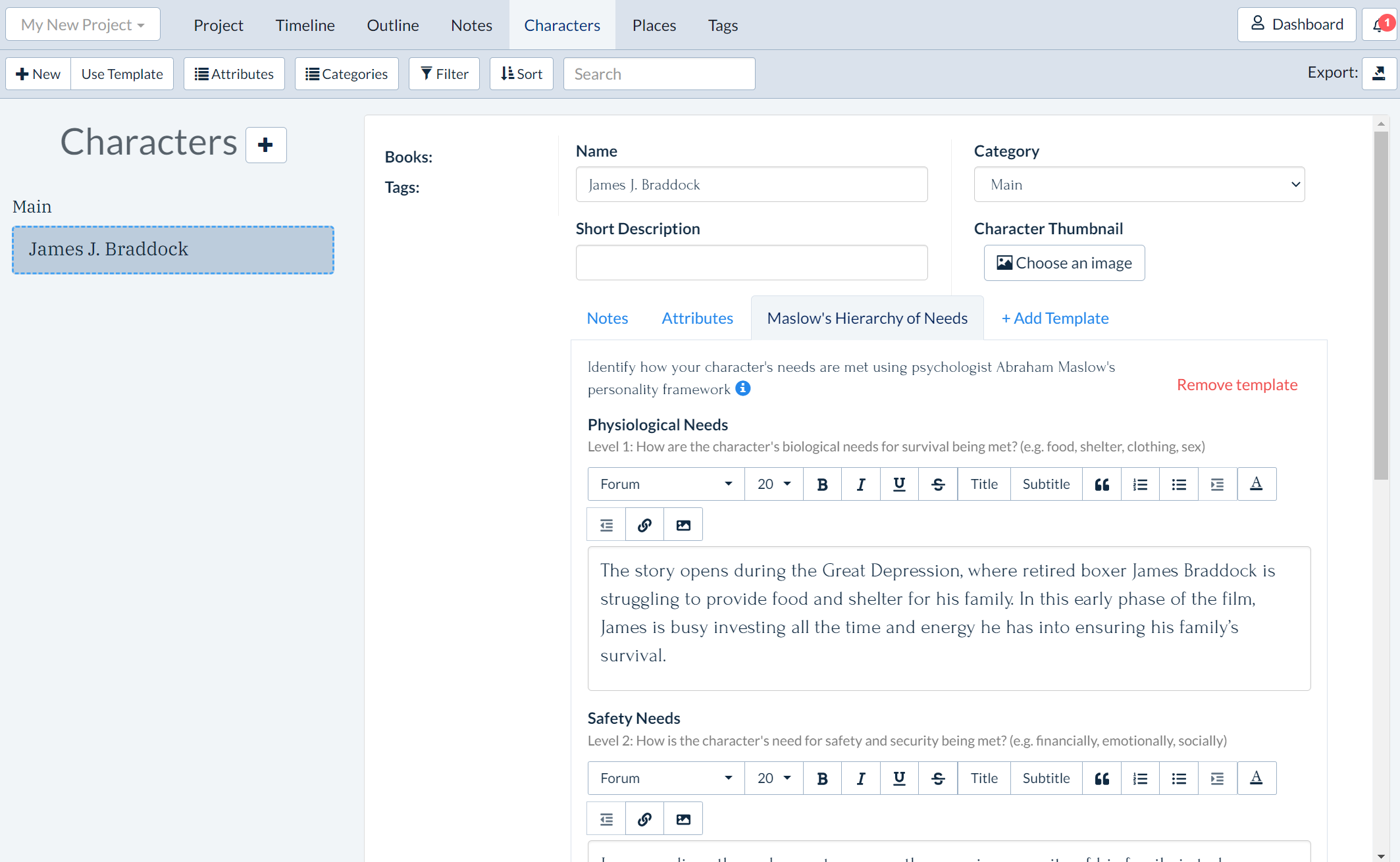
And there it is! Simple, yes?
If you want to add more details to your character profiles, you can use additional Plottr character templates to guide you. This template pairs well with these others:
Now that we’ve explained Maslow’s hierarchy of needs, want to try it out as a brainstorming tool? Check out the template in Plottr. Once you’ve given it a go, let us know your thoughts in the comments or in our Facebook group for writers or comment below. We can’t wait to hear what you think!
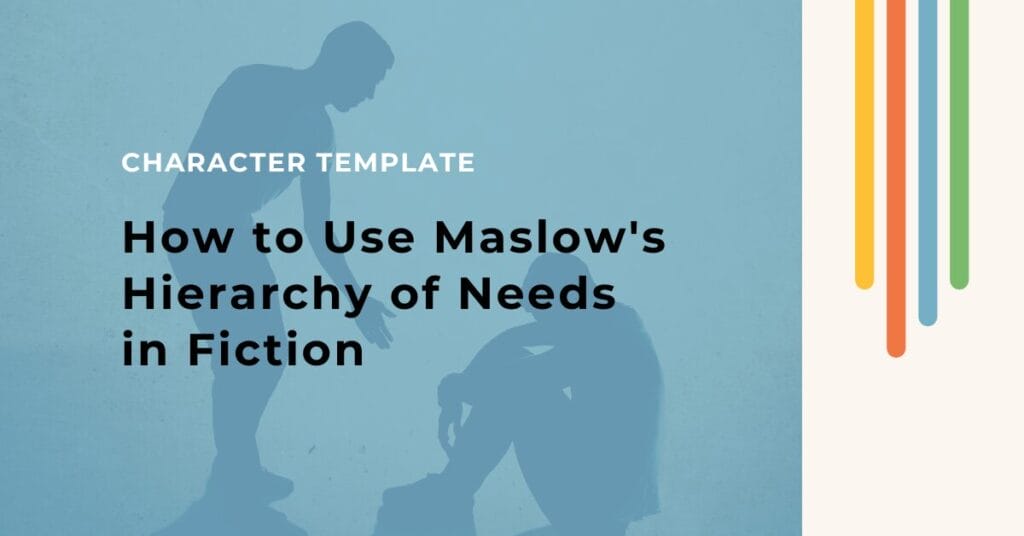

© Fictional Devices, 2024. All Rights Reserved.
2 thoughts on “How to Use Maslow’s Hierarchy of Needs in Fiction”
On the Maslow Template, where does revenge fall?
Hi Lando, what a great question! So Revenge wouldn’t typically fit in Maslow’s hierarchy as it’s not a universal human need, more of a situational/context-dependent desire. I would say it can fit with several tiers though. for example, someone might need physiological safety before they can even contemplate revenge, as they may need space/security to even be able to begin to process a trauma that leads them to desire revenge. Then when it comes to esteem needs, a person may pursue revenge believing that it will restore their own self-respect (or earn the respect of others).
I hope this helps! I would recommend going through each tier of Maslow’s model and trying to brainstorm a situation where revenge would connect to that base need.